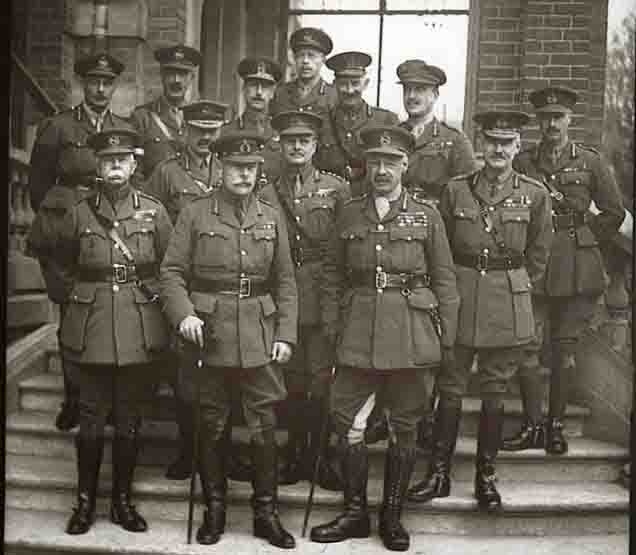Speaker Meeting Fellow Member Ray Needham Subject: “MENIN GATE
Thu, Jan 18th 2018 at 1:00 pm -
Speaker Ray Needham Subject: “MENIN GATE”
Speaker Host: Ray Hamilton
Vote of thanks: Christine Smith
Stewards: Jamie Taylor & George Larkey
Fellowship officer: Colin Davies & David Kilcoin
Meeting Menu: Soup followed with Beef & Ale Pie
Speaker Past President Ray Needham
Speakers subject:-
Menin Gate
The Menin Gate Memorial to the Missing is a war memorial in Ypres, Belgium, dedicated to the British and Commonwealth soldiers who were killed in the Ypres Salient of World War I and whose graves are unknown. The memorial is located at the eastern exit of the town and marks the starting point for one of the main roads out of the town that led Allied soldiers to the front line. Designed by Sir Reginald Blomfield and built and maintained by the Commonwealth War Graves Commission, the Menin Gate Memorial was unveiled on 24 July 1927
In medieval times, the original narrow gateway on the eastern side of the city of Ypres was called the Hangoartpoort, "poort" being the Dutch word for gate. In order to prosper and maintain its wealth, the city of Ypres had to be fortified, to keep out potential invaders. During the 17th and 18th centuries, while under the occupation of the Habsburgs and the French, the city was increasingly fortified. Major works were completed at the end of the 17th century by the French military engineer Sebastien Le Prestre, Seigneur de Vauban. At the outbreak of the First World War in August 1914, the eastern exit simply cut through the remains of the ramparts and crossed a moat. The gateway was by this time known as the Menenpoort, or Menin Gate in English, because the road leading through the gateway led to the small town of Menen.
Ypres occupied a strategic position during the First World War because it stood in the path of Germany's planned sweep across the rest of Belgium, as had been called for in the Schlieffen Plan. By October 1914, the much battered Belgian Army broke the dykes on the Yser River to the north of the City to keep the western tip of Belgium out of German hands. Ypres, being the centre of a road network, anchored one end of this defensive feature and was also essential for the Germans if they wanted to take the Channel Ports through which British support was flooding into France. For the Allies, Ypres was also important because it eventually became the last major Belgian town that was not under German control.
The importance of the town is reflected in the five major battles that occurred around it during the war. During the First Battle of Ypres the Allies halted the German Army's advance to the east of the city. The German army eventually surrounded the city on three sides, bombarding it throughout much of the war. The Second Battle of Ypres marked a second German attempt to take the city in April 1915. The third battle is more commonly referred to as Passchendaele, but this 1917 battle was a complex five-month engagement. The fourth and fifth battles occurred during 1918.
British and Commonwealth soldiers often passed through the Menenpoort on their way to the front lines with some 300,000 of them being killed in the Ypres Salient. 90,000 of these soldiers have no known graves.
From September to November 1915, the British 177th Tunnelling Company built tunnelled dugouts in the city ramparts near the Menin Gate. These were the first British tunnelled dugouts in the Ypres Salient.[2]
The carved limestone lions adorning the original gate were damaged by shellfire, and were donated to the Australian War Memorial by the Mayor of Ypres in 1936. They were restored in 1987, and currently reside at the entrance to that Memorial, so that all visitors to the Memorial pass between them.

'What We Do' Main Pages:
Royal British Legion Upminster & Cranham
moreThe enjoyment of a meal shared by all is an important aspect of the Rotary meetings. Our venue provides a meeting menu but other options are available on request to cater for individual needs.
morePrivacy Policy
moreOur Rotary Club uses some of the donations it receives to support food banks in Havering. If you support a food bank you might be interested in this initiative and app: https://www.bankthefood.org/
moreCommunity Service Committee & Minutes from meetings
moreHavering Chamber of Commerce and Industry
more
.jpg)
.jpg)
.jpg)
.jpg)
.jpg)
.jpg)
.jpg)
